我们所处的当下一直笼罩着重重迷雾,我们是谁?我们的城市是谁?并没有随着表面的、伴随着媒介的国际网络化和资本的全面全球化以及越来越便捷的国际互动而带来更为清晰的回应,我们处于一个不稳定(不确定)的全球当下中,而当这种不稳定又是一种特例之时,它的复杂性、多元性、强差异化让我们的阅读和窥看就变成了某种孤立的所在。也因此,在我们面对这种复杂纠葛的景观(情景)之时,拉回至某个起点来重新展开自我清理,也许是一条可以讨论的路径。比如说,我们假想的设定一个讨论基点-乌托邦,我们可以将它视为一个对话对象,那么我们就能够邀请大家一起来谈论乌托邦的反存之面-异托邦-作为实存之处的、介于不同空间夹缝里局部的“乌托邦”场所。这种碎片化的实在,恰好可被视为是留存给艺术家们的一些缝隙,在这个被挤压的破碎空间中,在这异化的景观或情景里,艺术作品将作为例证而存在。
回到城市现场,阿尔让• 阿帕杜莱(Arjun Appadurai)关于文化全球化的讨论强调了“作为社会实践的想像”之重要性,文化的建构在事实的全球化语境里,早就结束了关于抵抗对抗的二元冲突,而进入至以融合和互动以及新的文化再生产为特征的生产型现场,积极的面相在于,文化实践可通达的全面塑造之可能性,然更为清晰的现实则是,在资本和意识形态的多重积压之下,文化生产及实践自身则有主动沦为异托邦的趋向,它存在于现实之中,却永远处于他处。当然,更为现实的选择还是文化生产主动的自我阉割,它妥协于资本或权力,沉沦于消费或景观。
“途中镜子”是一场遭遇,更是一场集体呈现下的奇情狂欢,展览分三个板块,以我们这所超级大都市作为对象的“重庆重庆”;强调行走和抵达的“游牧&变奏”;揭示(批判)景观和隐藏密码的“都市祛魅”,22位在不同时期和我有过深入合作的艺术家加入到本次展示,而作为成立于2006年的Organhaus的工作,为本次展览提供了具体的艺术家个案和文献帮助。
………………………………………………………………
一个故事:
一位西方探险家来到了非州原野,他随身携带了一些饰品,打算作为礼物送给当地的土著,其中就包括两面真人大小的镜子。在走到靠近部落不远的树林时,他坐下来休息,两面镜子分别靠放在两棵大树旁。就在这时,一个土著人拿着锋利的长矛冲向了镜子,并拿着长矛刺了下去,镜子应声而碎。探险家站了起来,问土著人为何要打碎镜子。土著人回答道,因为他(镜子里的自己)要杀我,所以我就先把他杀了。探险家恍然大悟,原来土著人没有见过镜子,并不了解它的用途,他误把镜子里的人当作敌人了。于是,探险家走到另一面镜子面前,向土著人解释道。瞧,这是一面镜子,它的作用是可以通过它来看到自己。土著人回答:原来是这样,但是,我并不知道。
We live in a time enveloped in thick fog of mystery. Who are we? What is our city? Answers to these questions are not becoming clearer, despite that currently, the medium is internetized, capital investments globalized and the global interaction increasingly more convenient. We live in a world of instability (uncertainty), and when this uncertainty is a unique case of its own, its complexity, diversity and strong differentiation makes our reading and probing an isolated practice. For this reason, when we are faced with a complex situation of such, we return to a beginning point to clear our minds and look for an alternative route of discussion. For example, if we set the beginning point for our discussion as utopia and we see it as an object of discussion, we can then include heterotopia in our discussion – in juxtaposition to utopia, as a ‘utopian’ space that exists in between different spaces. The fragmented existence of heterotopia could be viewed by us as cracks reserved for artists. In this compressed and fragmented space, against this other landscape, art works exist as illustrations.
Returning of the urban scene, Arjun Appadurai’s discussion of cultural globalization emphasizes on the importance of imagination as ‘field of social practices.’ Culture is factually constructed in a globalized context. The binary opposition of resistance and dominance and resistance has been ended and replaced with a scene of cultural production that features integration, interaction and cultural reproduction. The positive meaning of this is that there lies the potential of a comprehensive remodeling of cultural practice. However, in reality, under the suppression of capital and ideology, cultural production and the cultural practice itself are actively being heterotopianized – they exist in reality, but are in the meantime forever in other spaces. Of course, the more practical choice is for cultural production to ‘castrate’ itself – it makes compromises to capital or authority, and suffice for acting as mere commodity or landscape.
‘Heterotopia On the Route’ is an encounter, or rather a collectively-presented carnival. The exhibition comprises of three sections. The first section ‘Chongqing Chongqing’ features the megacity Chongqing; the second section ‘Nomads & Variation’ focuses on travelling and arriving; the last section ‘Disenchanted City’ exposes (criticizes) urban landscapes and hidden passwords. A total of 22 artists with whom I’ve cooperated on a deep level have participated in this exhibition. Organhause, an independent art organization established in 2006, provided assistance with regards to individual artist cases and documentation.
………………………………………………………………
A story:
A western explorer came to the African Savanna and carried with him some accessories as gifts for the native people, including two full-length mirrors. As he came close to the tribe, he sat down beside a tree for a break and leaned the two mirrors against the tree. Shortly after, a native man rushed towards the mirror and broke it with the spear in his hands. The explorer stood up and asked the cause for such action. The native man replied that because the man in the mirror is trying to kill me, so I killed him first. The explorer realized that this native man had never seen a mirror before and didn’t understand its function, so he walked up to the remaining mirror and explained to the native man: Look, this is a mirror, you use it to see yourself. The native man replied: now I see, but I didn’t know before.
开幕现场
![]()
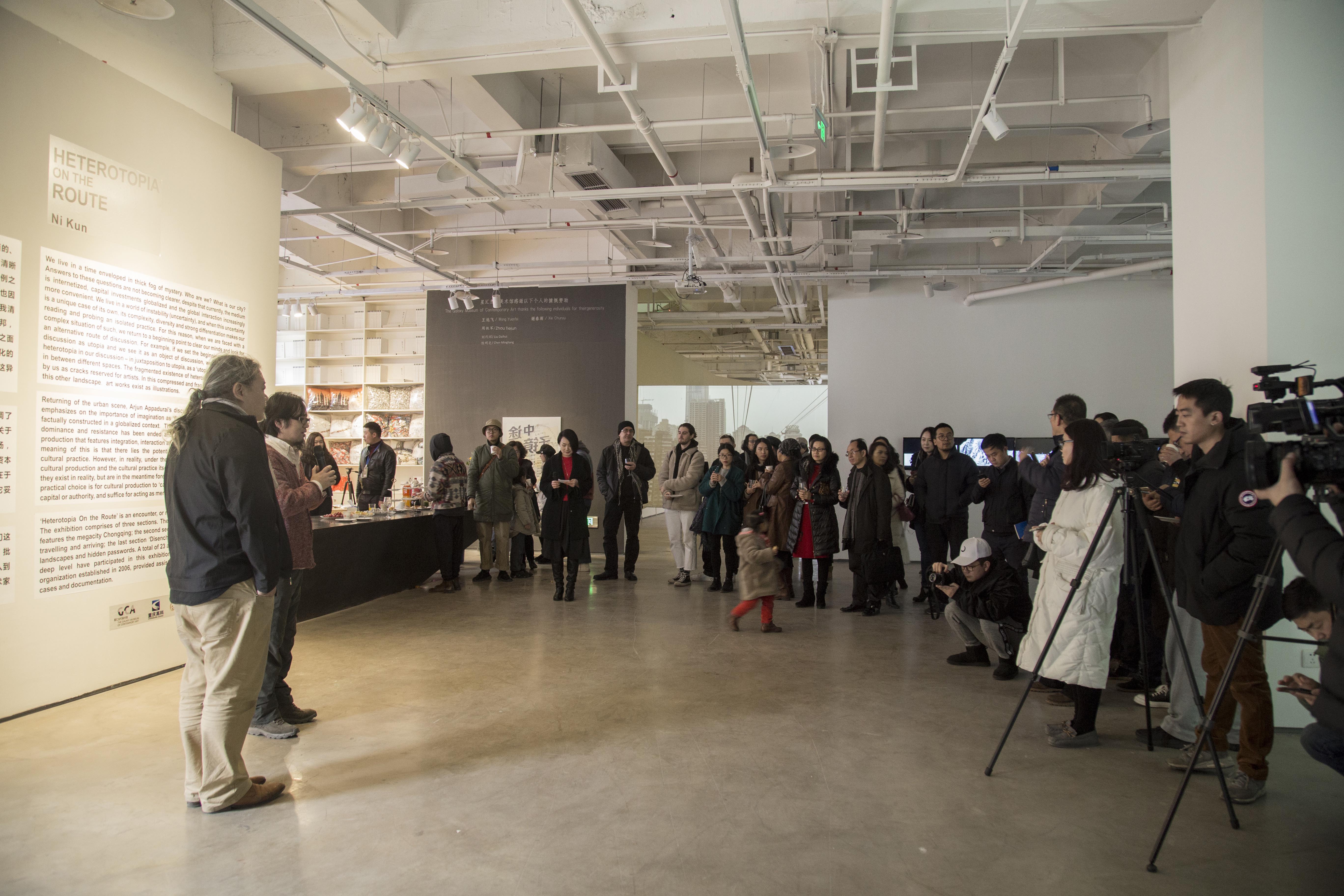
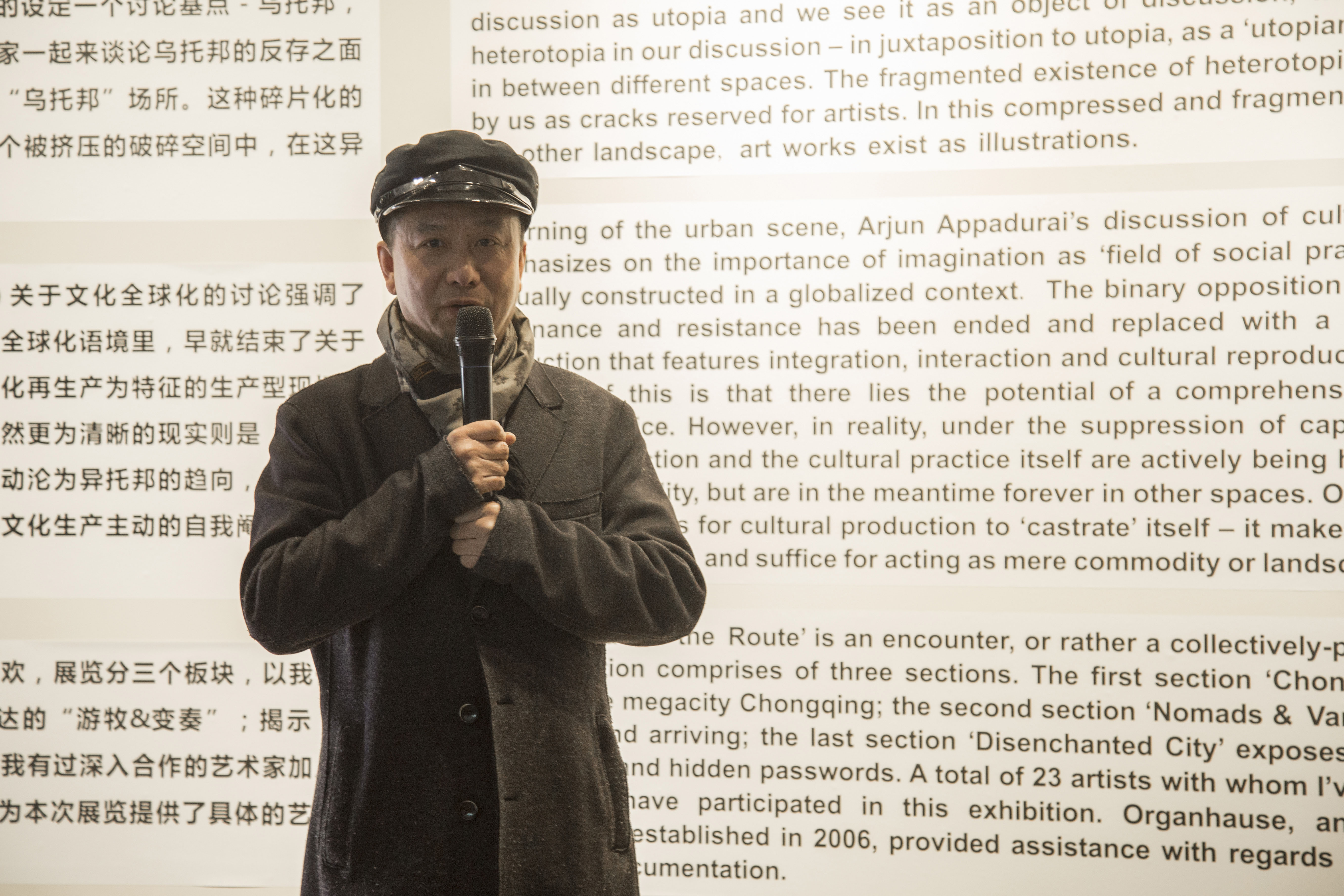
▲星汇当代美术馆馆长黄中华先生发言致辞
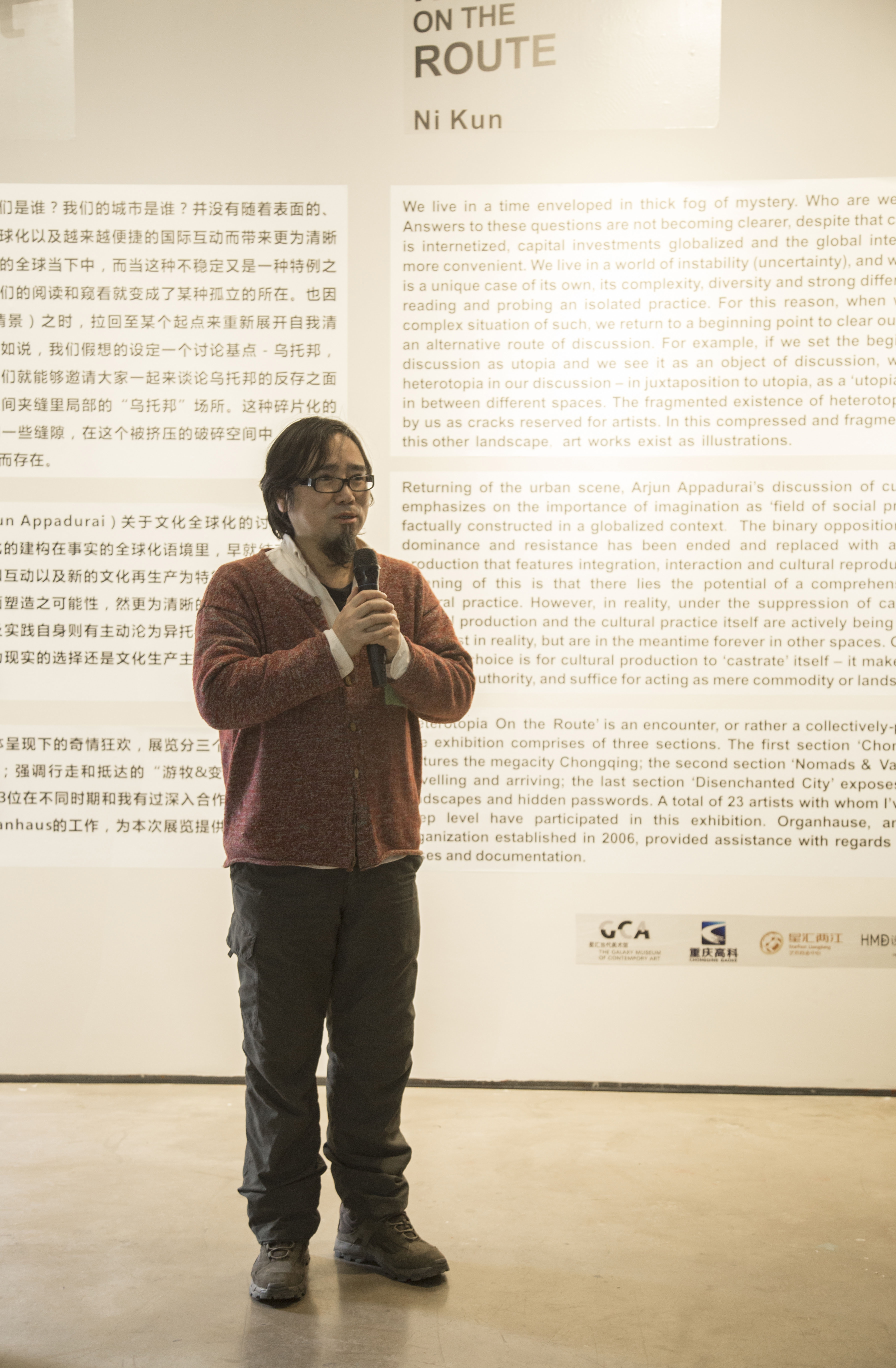
▲策展人倪昆发言
展览现场
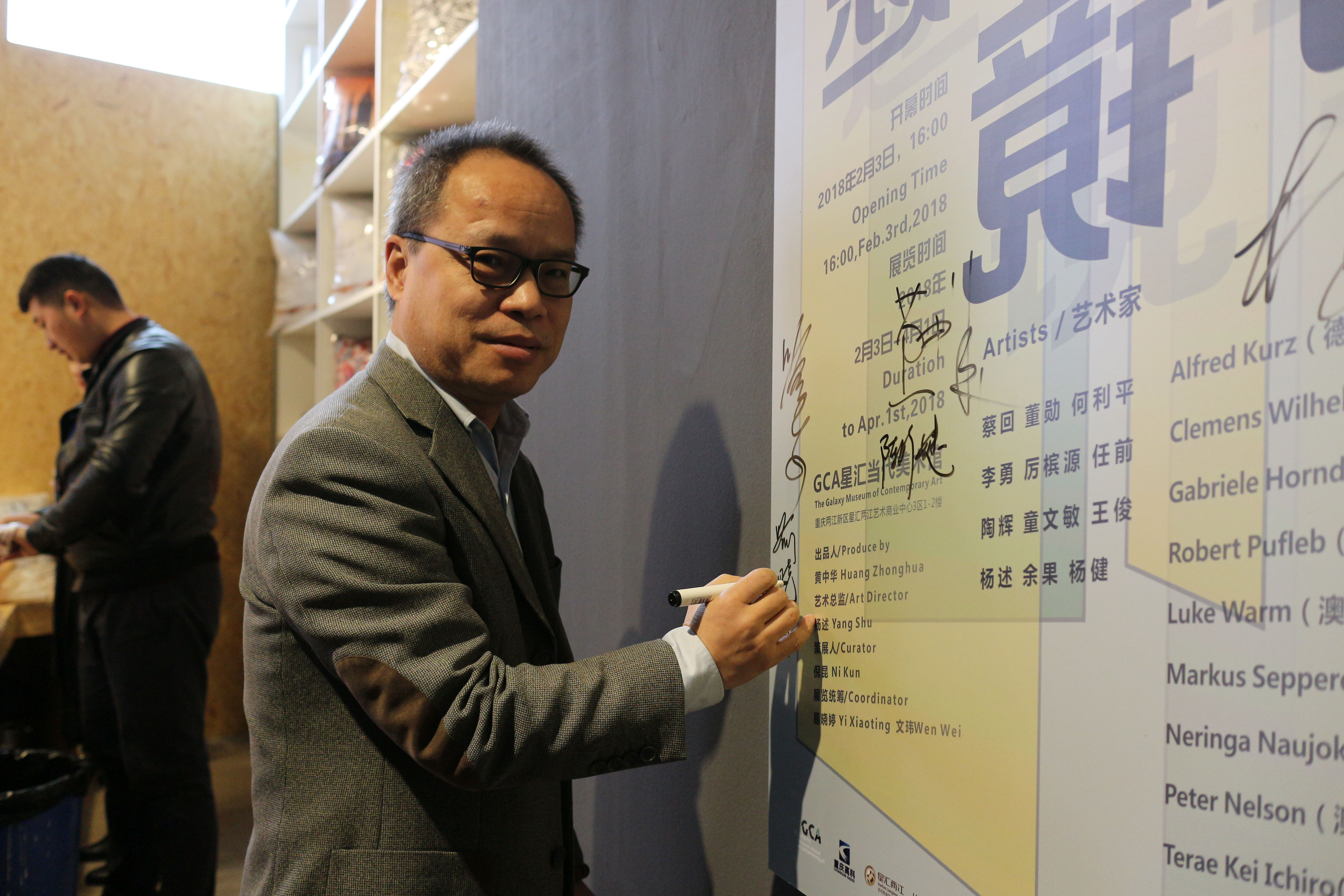
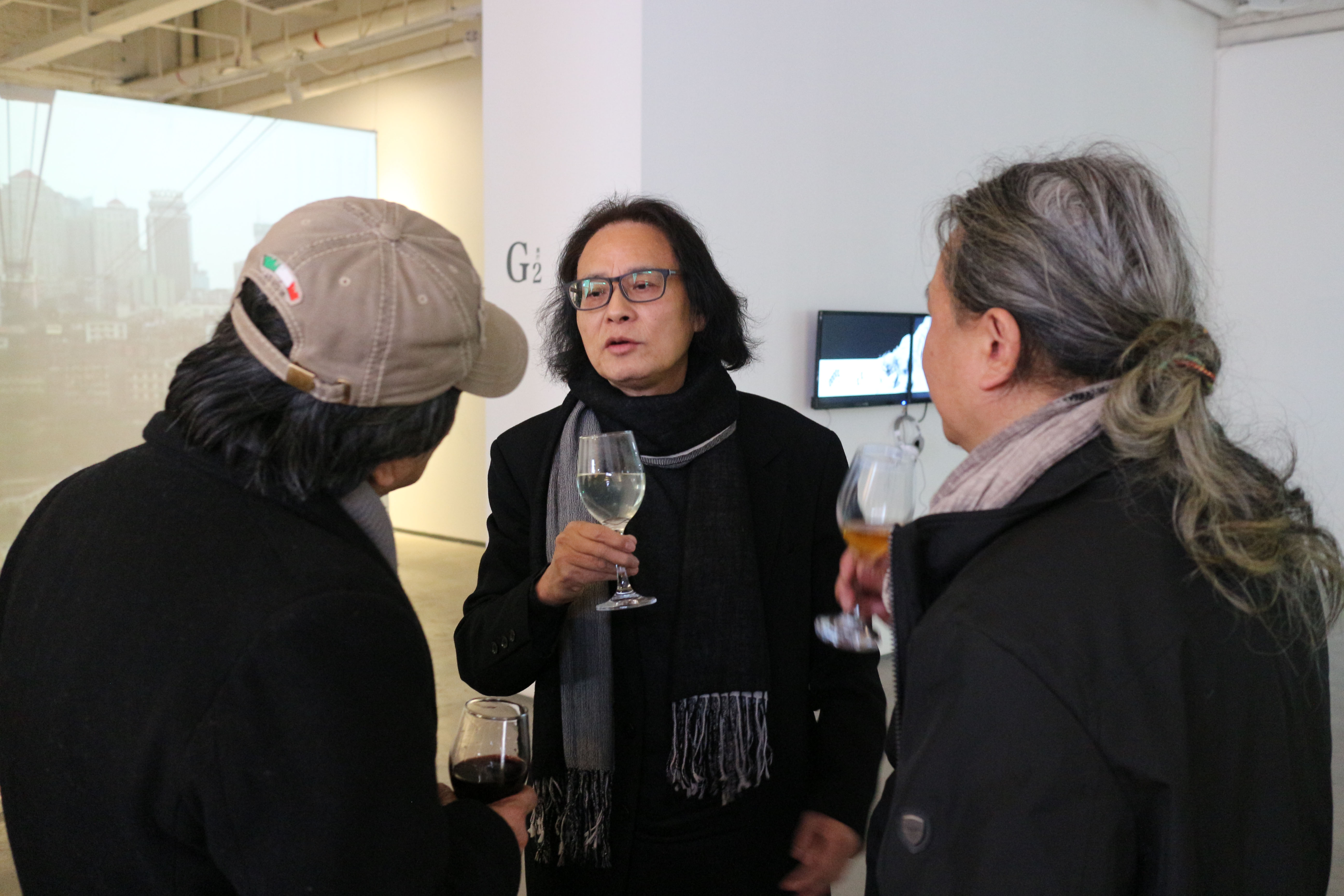
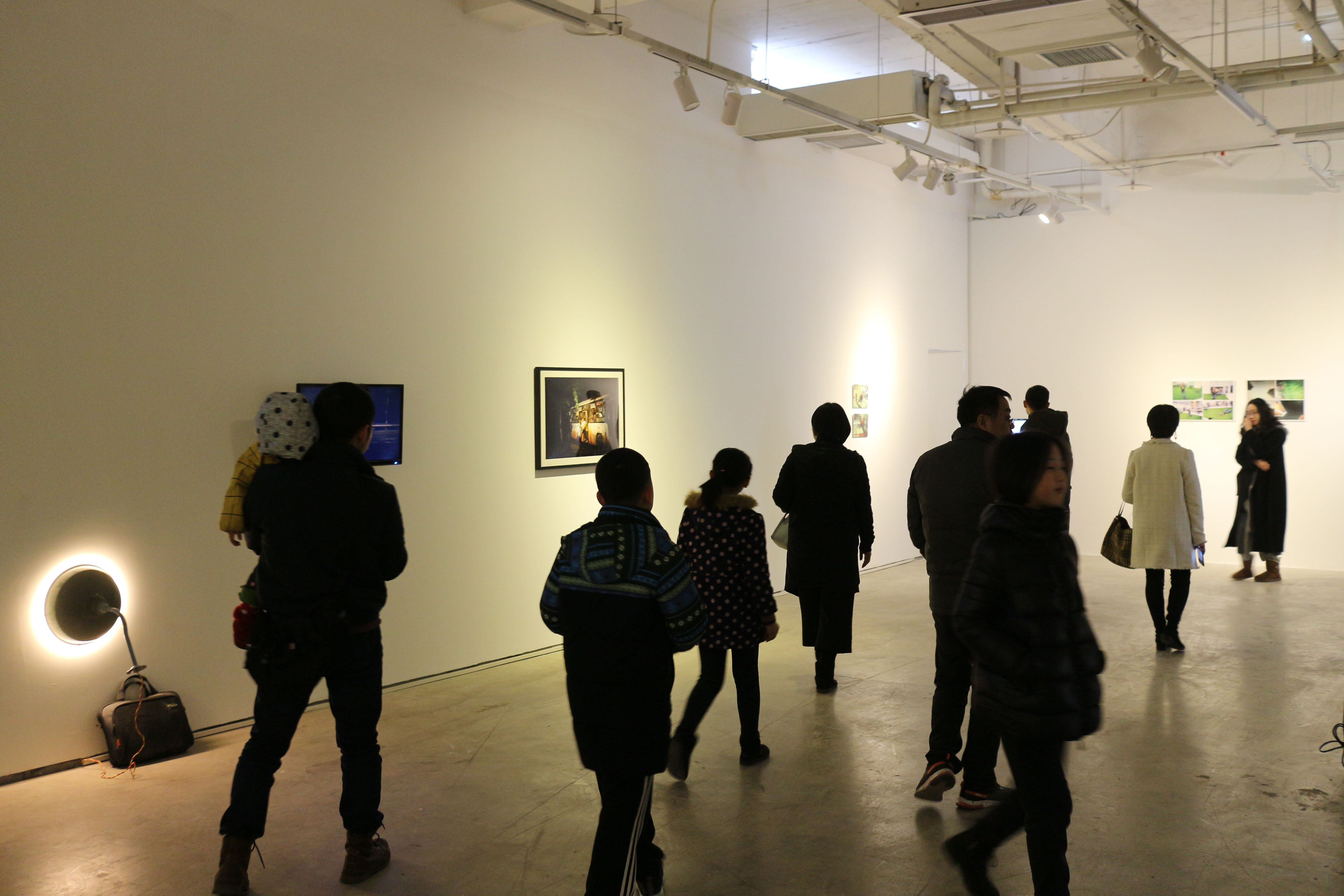
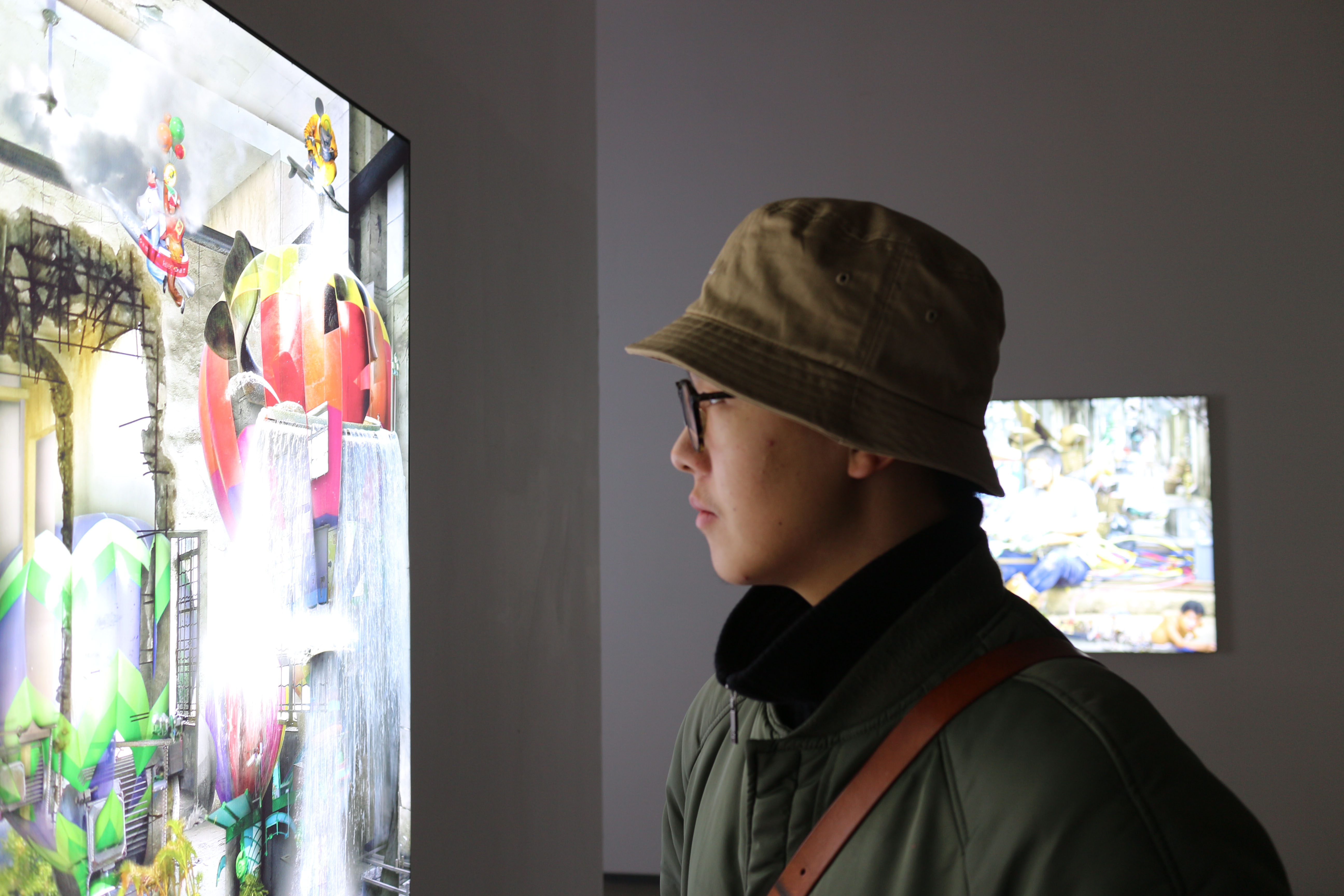
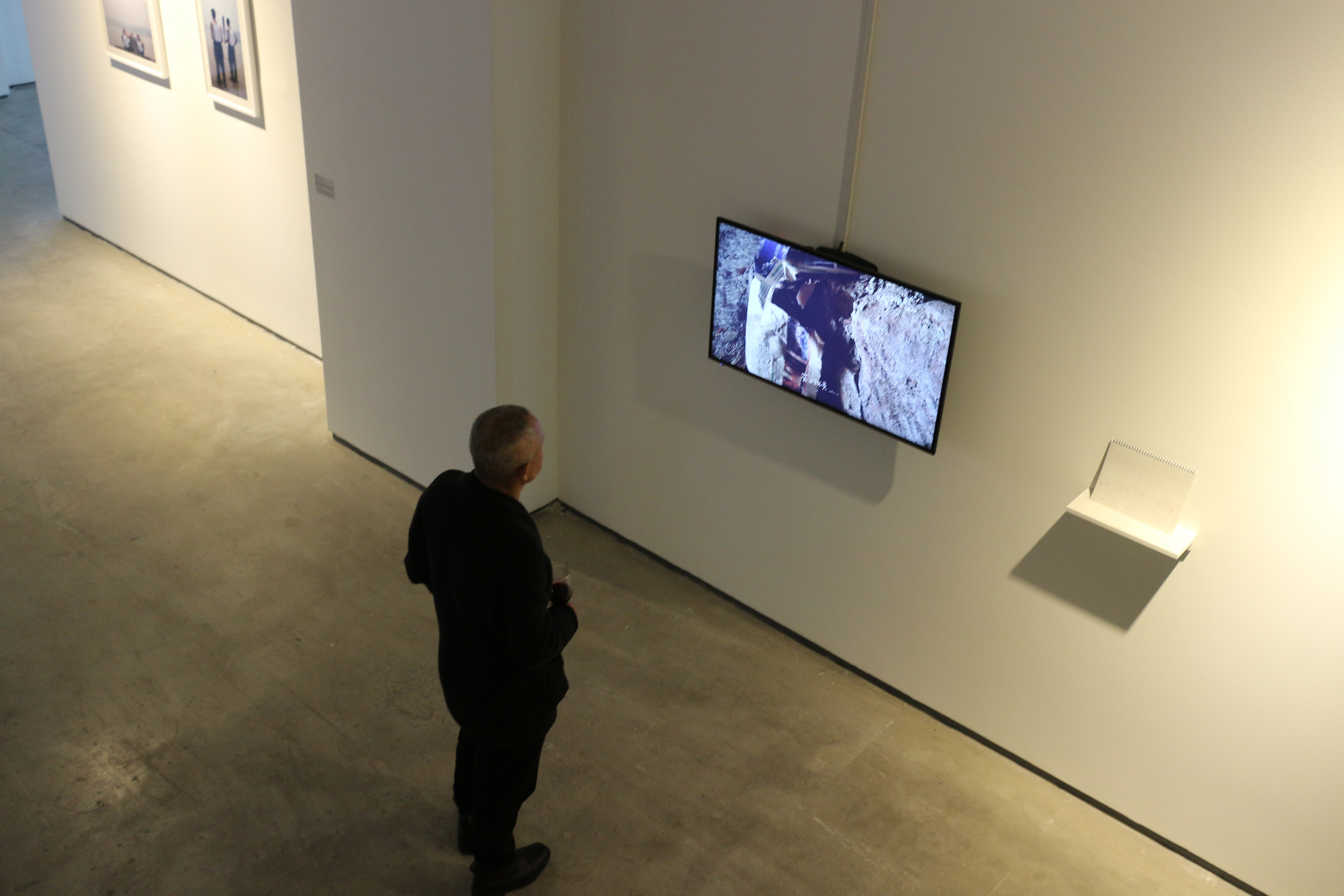
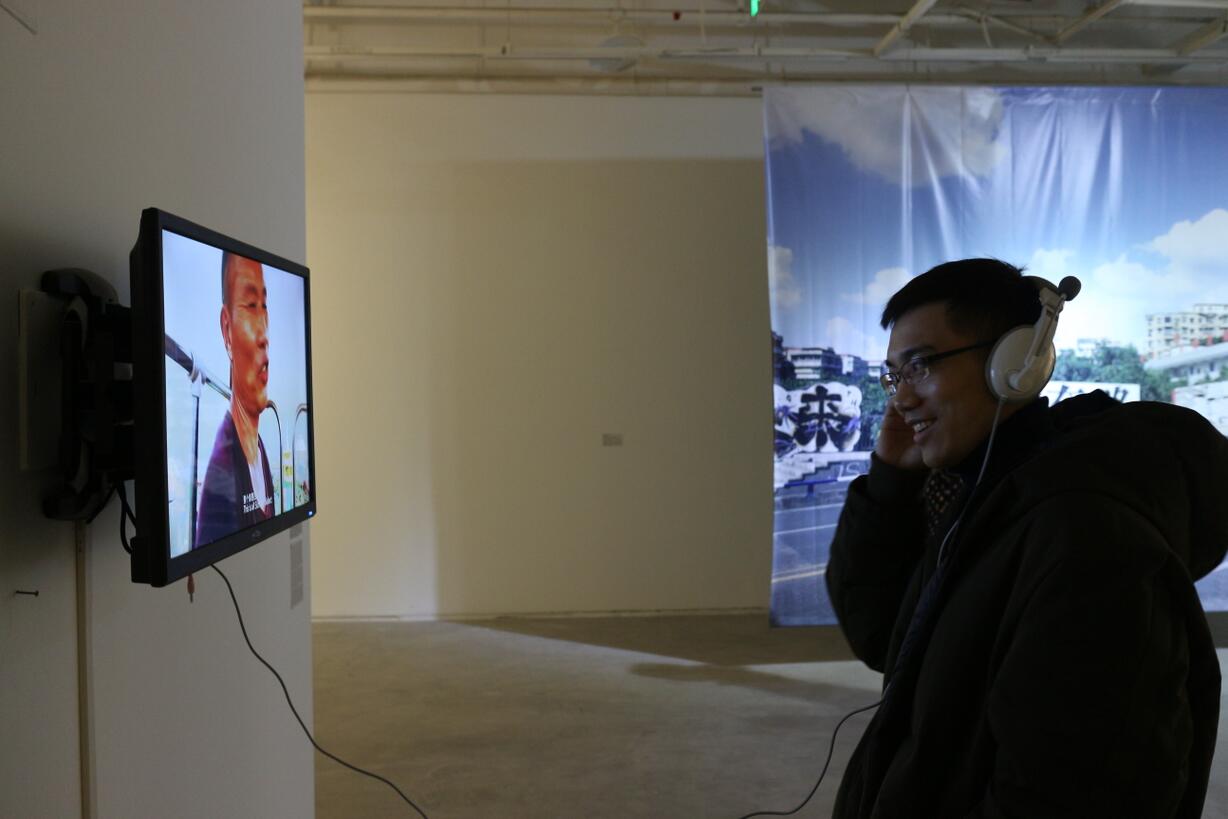

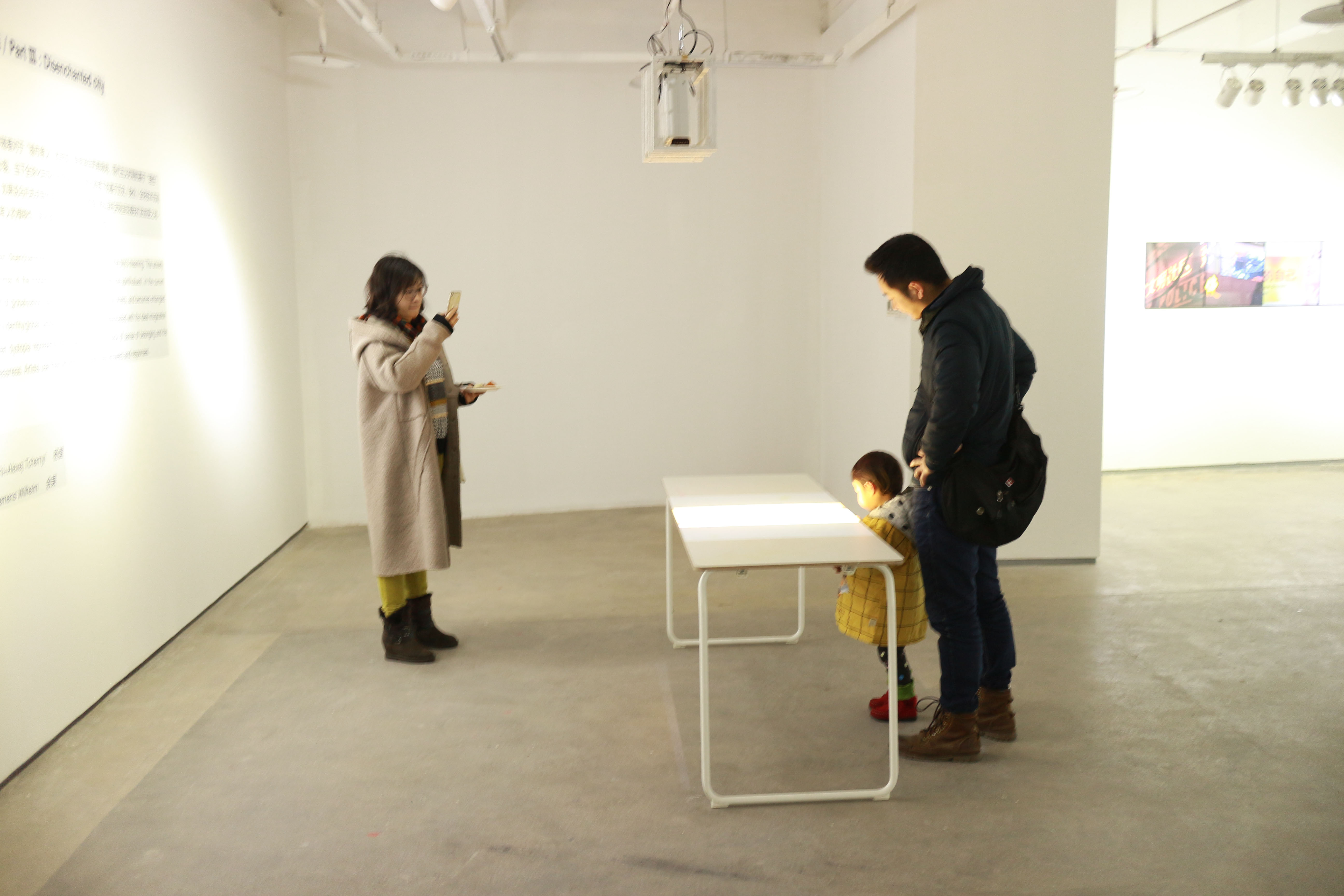
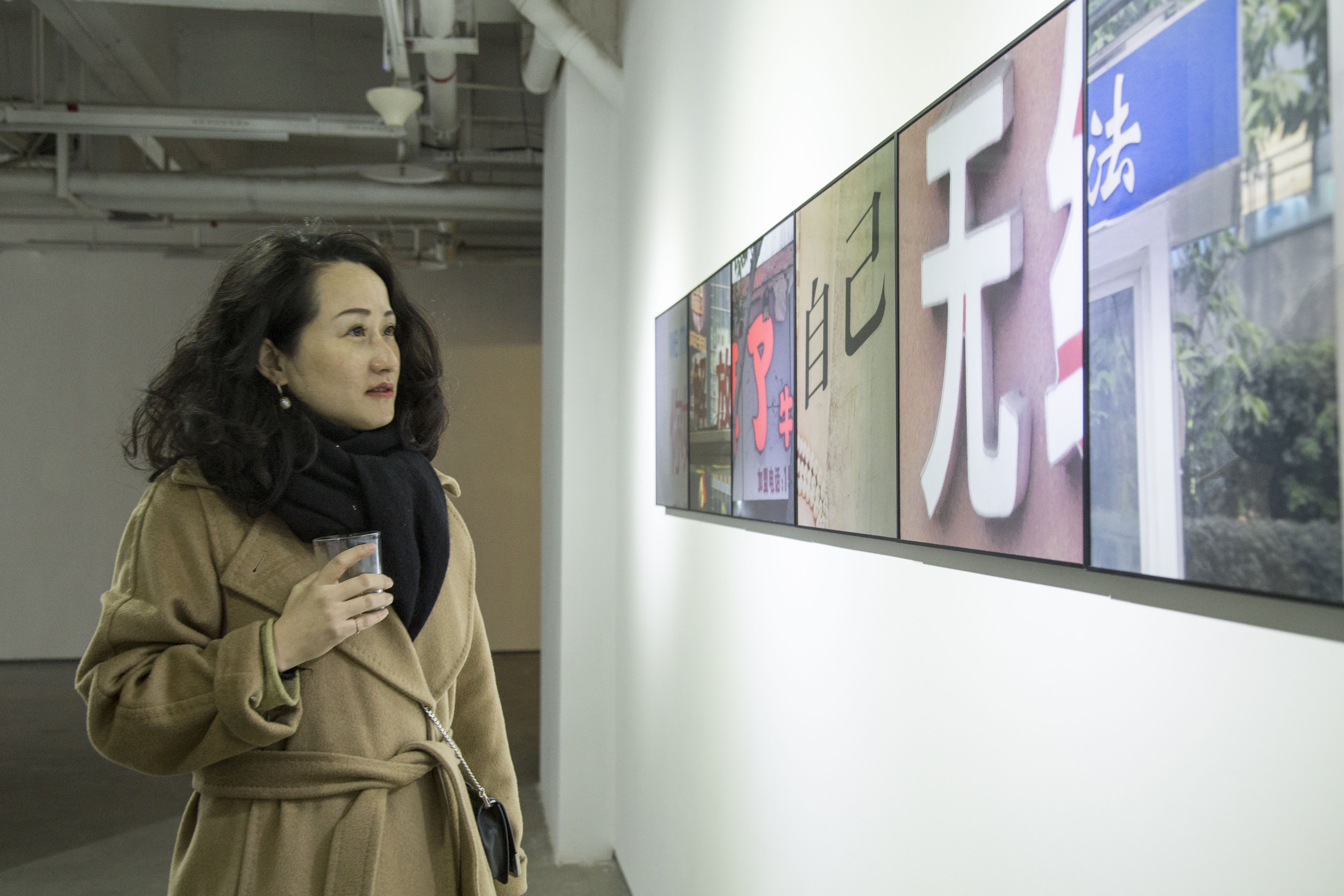

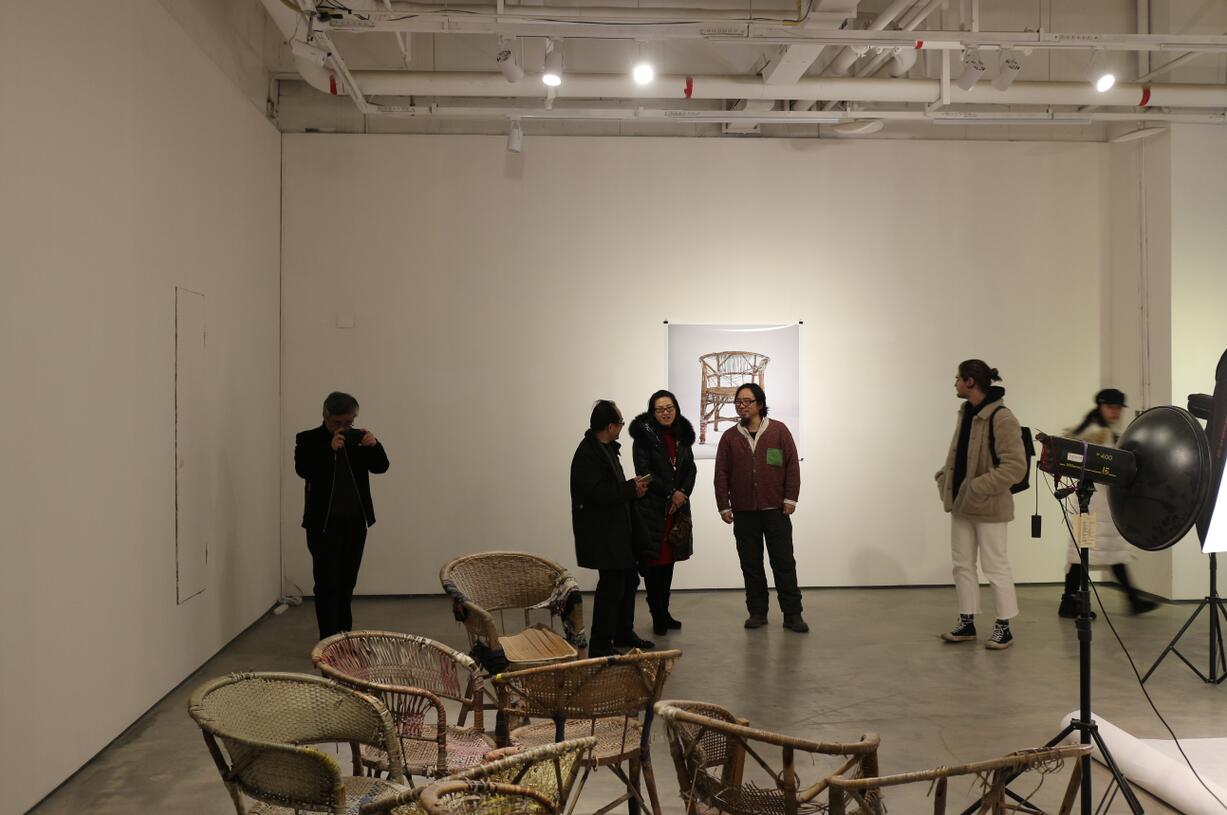
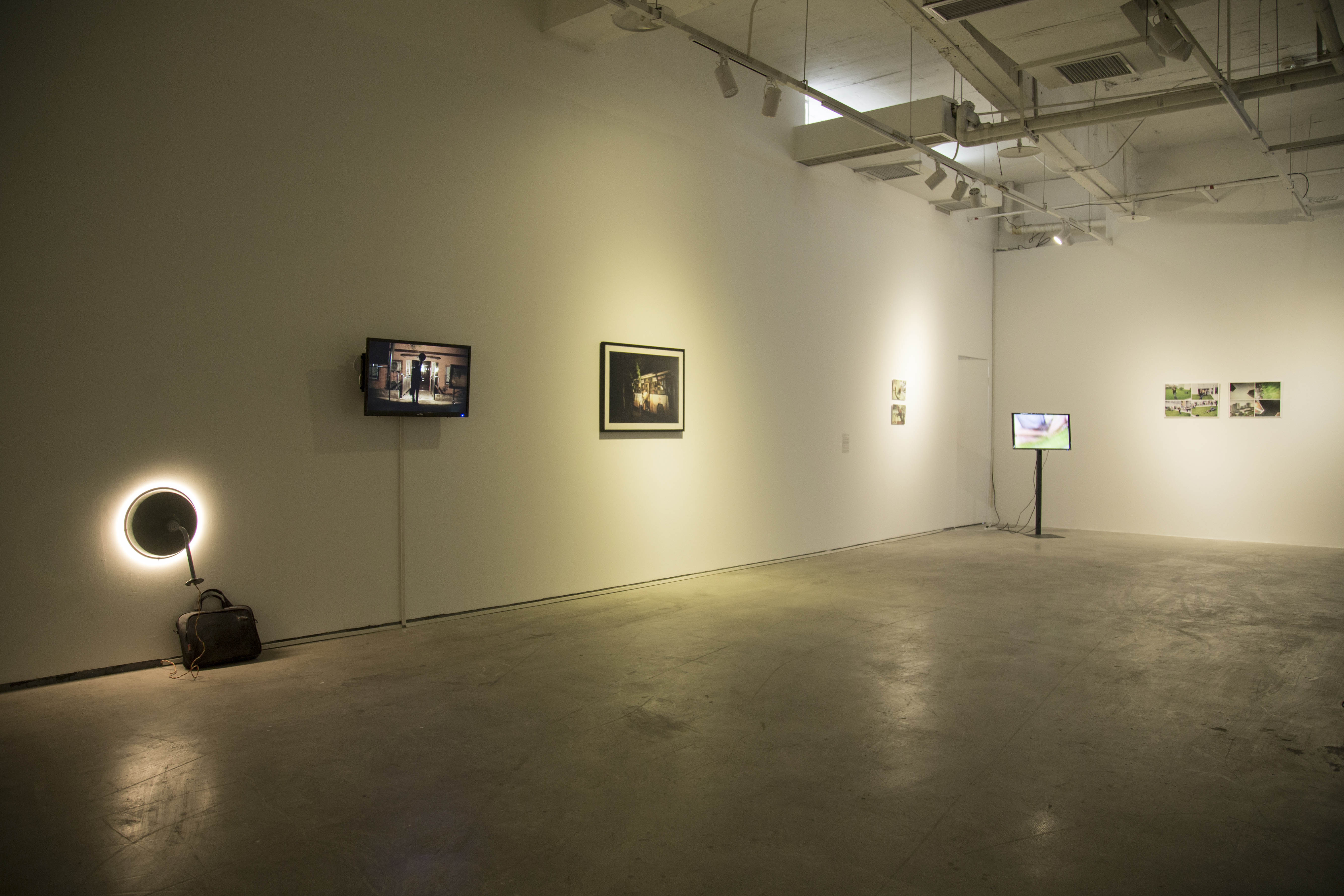
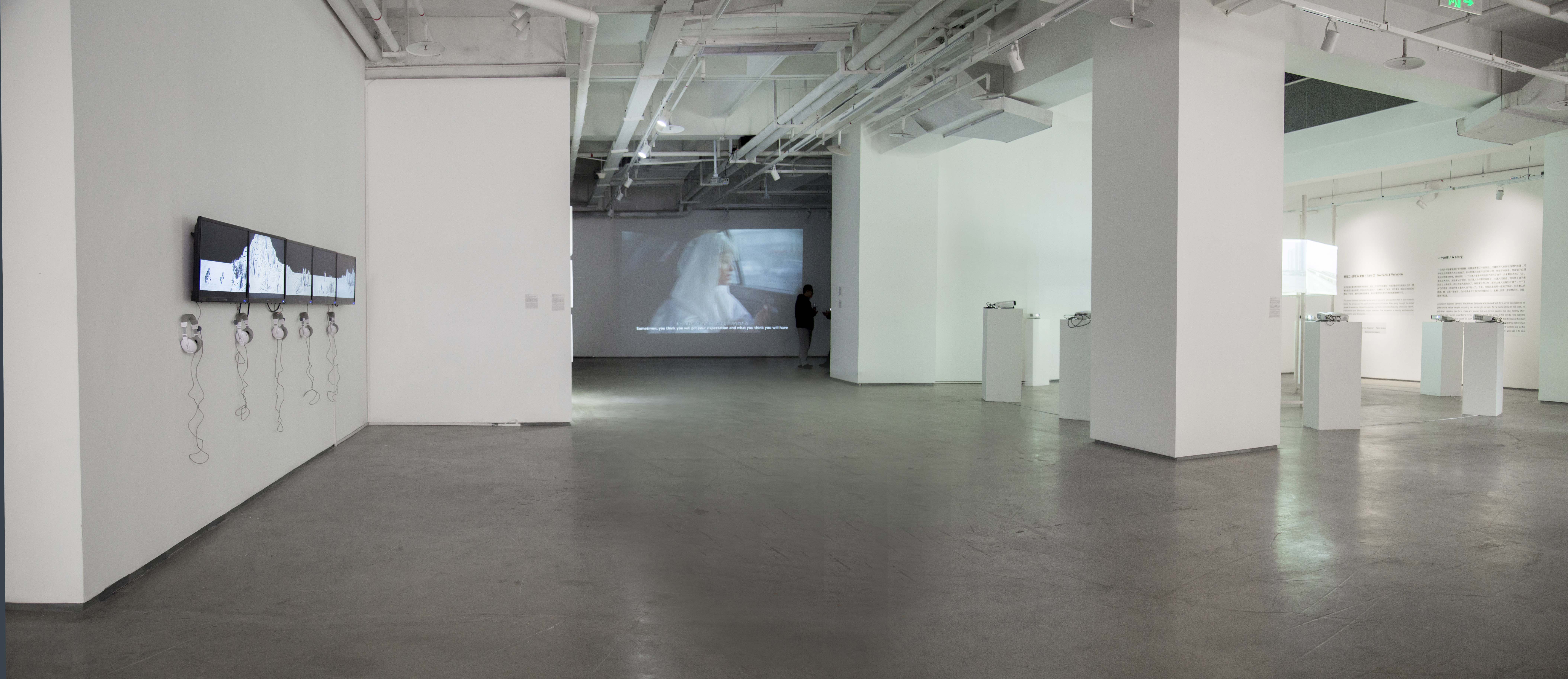
展览概况
出品人/Produced by
黄中华 Huang Zhonghua
艺术总监/Art Director
杨 述 Yang Shu
策展人/Curator
倪昆 Ni Kun
展览协调/Coordinators
易晓婷 Yi Xiaoting
文玮 Wen Wei
展期/Duration
2018年2月3日2018年4月1日
Feb. 3rd, 2018 to Apr. 1st, 2018
地点/Venue
重庆两江新区黄山大道中段6号星汇两江艺术商业中心3区
重庆星汇当代美术馆1-2楼
F1-F2, The Galaxy Museum of Contemporary Art, Bloc 3, Xinghui Liangjiang Art Business Center, Liangjiang New District, Chongqing
对外开放时间:
每周二至周天:10:00-18: 00(周一闭馆)
票务信息:免费
opening time:Tue-Mon 10:00-18:00
Ticket information: Free
Tel: +86 23 63111269
E-mail: gcacenter@126.com
地址:重庆两江新区星汇两江艺术商业中心3区1-2楼
F1-2 Block 3, Xing Hui Liang Jiang Art Business Center,
Liangjiang New Zone District,
Chongqing, China 400021